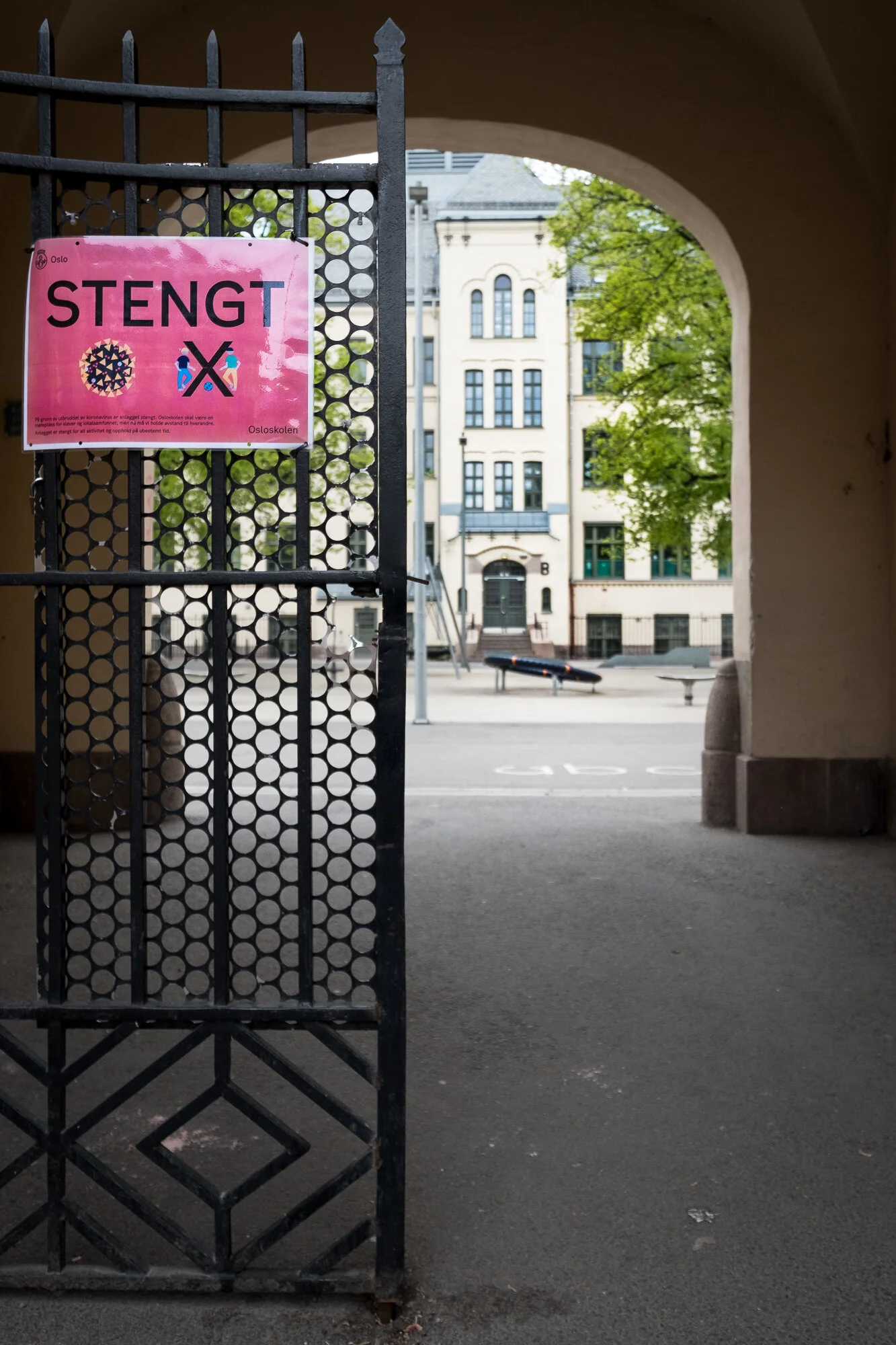From Isolation to Nature – Designing Healthier Citizens
In 1974, while vising Norway, Oliver Sacks (1933-2015), the neurologist, naturalist, historian of science, and well-known author, had an accident. As a physician, this was the first time Sacks had experienced being a patient. He ended up in a hospital back in London with no views to the outside. When he was finally able to go outside, he experienced something many of us emerging from isolation due to COVID-19 can appreciate. Sacks wrote of the experience,
“This was a great joy – to be out in the air – for I had not been outside in almost a month. A pure and intense joy, a blessing, to feel the sun on my face and the wind in my hair, to hear birds, to see, touch and fondle the living plants. Some essential connection and communion with nature was re-established after the horrible isolation and alienation I had known.”
Across cities in Europe and the United States, people have been sheltering in place in response to the COVID-19 pandemic. Some people are required to stay indoors with limited exceptions, but in many cases, there are exemptions from lockdown to go outdoors when it is possible to maintain social distancing. Especially now, the green spaces of our cities are providing a salve to the extended isolation. Many are appreciating the restorative effects of nature and, perhaps, a renewed appreciation of access to urban nature.
“REMEMBER! Keep a minimum of 2 meters distance in the woods too! Except those in the same household ;)”
It might seem axiomatic that nature is antithetical to that which is man-made. Merriam-Webster, for example, defines “man-made” as “made by people rather than by nature.” However, strictly positioning man vs. nature creates a false dichotomy that breaks down when studying the built environment. Contact with nature in our cities is designed at many scales – from the policy of land use, neighborhood zoning and planning, to building attributes and details. For many, their experience of nature is largely an urban experience; it is in the green spaces of neighborhoods, in public parks, on walking trails, community gardens, backyards, and reinforced by many aspects of community design. Our cities benefit or suffer from how access to green spaces and nature is considered, planned, and implemented.
Oslo is celebrated as a so-called green city and was awarded the title of European Green Capital in 2019. The award recognizes the commitment to improve the environment. It is “green” in the sense that it promotes environmental issues broadly. This designation also recognizes the priority of green urban areas in the city’s planning and development. The history of Oslo’s defining plans has prioritized integrating natural areas within the urban fabric since, at least,1929. The municipality of Oslo’s application to the European Green Capital award notes that, in 2016, 98% of the city’s population lived within 300 meters of a green urban area.
This exceptional access to (urban) nature has enabled my family’s daily routines as we shelter-in-place in Oslo. Within 300 meters of our doorstep in one direction, we can reach Frogner Park, the largest park in central Oslo. In the other direction, we can reach a grassy knoll of the University of Oslo, connect over to a naturalistically landscaped corridor between the campus and research park of the university, and traverse across a dedicated pedestrian overpass to one of Oslo’s so-called green fingers – a corridor connecting the city to the wilderness bordering the city. From there, we are on the doorstep of Nordmarka, a protected wilderness area, a densely forested rolling terrain with lakes, mountains, and countless trails.
Research suggests that this type of access not only allows us to get out in nature, but also encourages us to do so. A paper by Petter Næss, professor of Planning in Urban Regions at Norwegian University of Life Sciences, highlights findings establishing a positive relationship between access to green spaces and physical activity. In effect, residents with easy access to green recreation areas are incited to walk, jog, or bike more frequently in these areas. If regular exercise and physical activity contribute to better health, and a short distance to green spaces encourages residents to be more active, then cities that design access to nature are not only designing greener cities, they are designing healthier citizens.
Green areas are essential to the sustainability of cities, as well as the quality of life of the inhabitants of cities. Sacks credited access to the outdoors as central to his recovery. Access to nature is vital for good mental and physical health. I hope all of you have the opportunity to experience the restorative power of the green spaces in your city – closer to nature, yet at a distance from one another.
Sources:
The City of Oslo, “Oslo application for European Green Capital Award”, European Commission EGCA, 2019.
Petter Næss, “Urban Form, Sustainability and Health: The Case of Greater Oslo”, European Planning Studies, July 2014.
Oliver Sacks, A Leg to Stand On, London, Picador, 1991.





